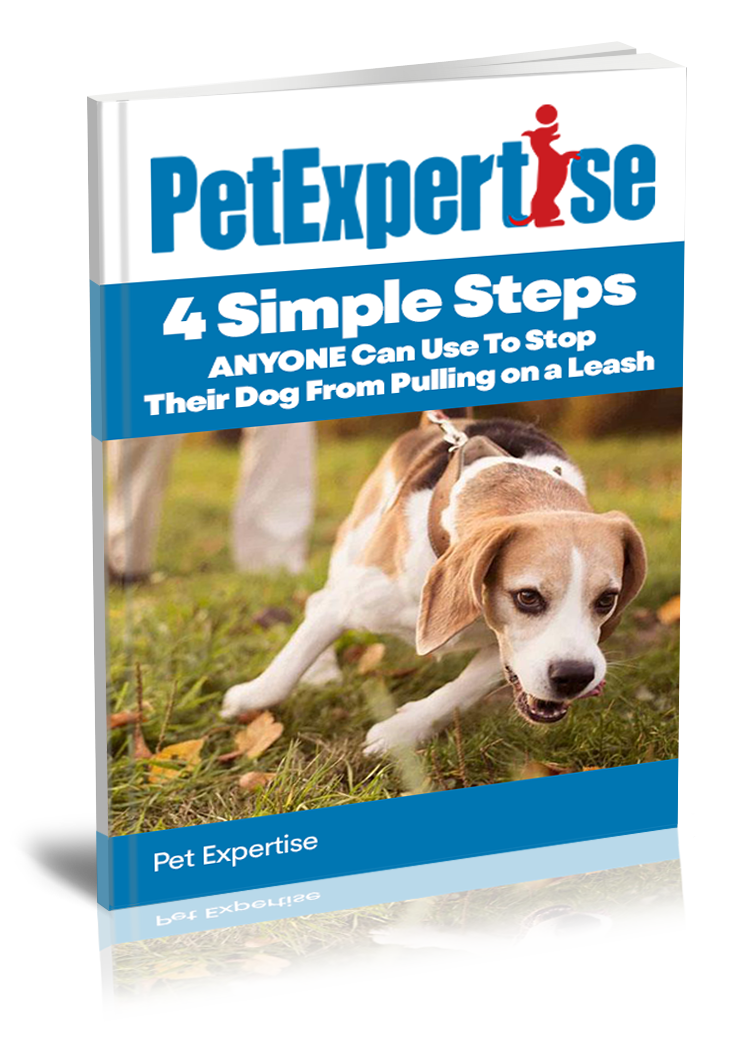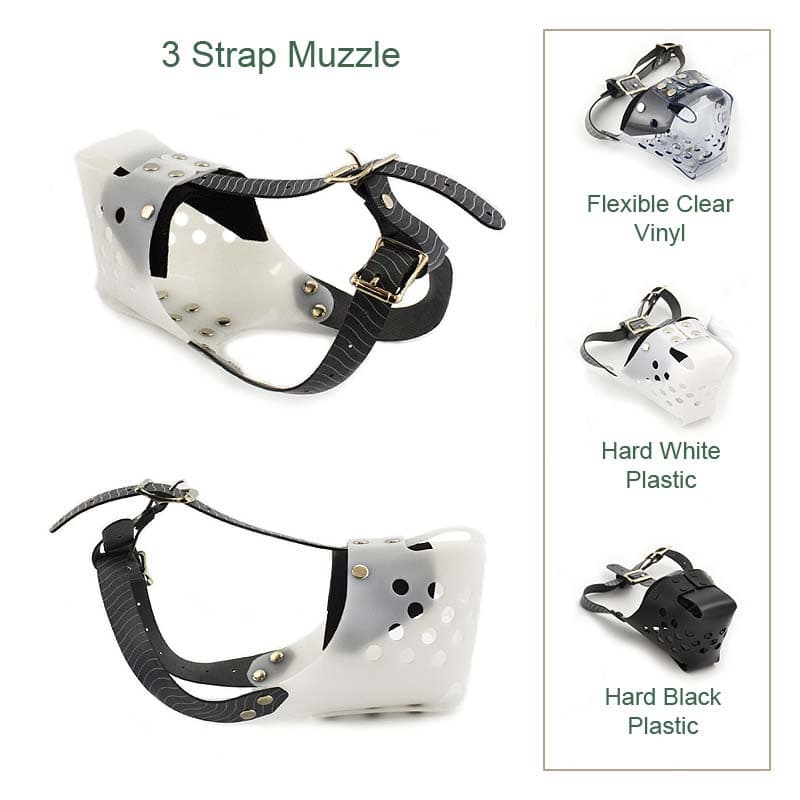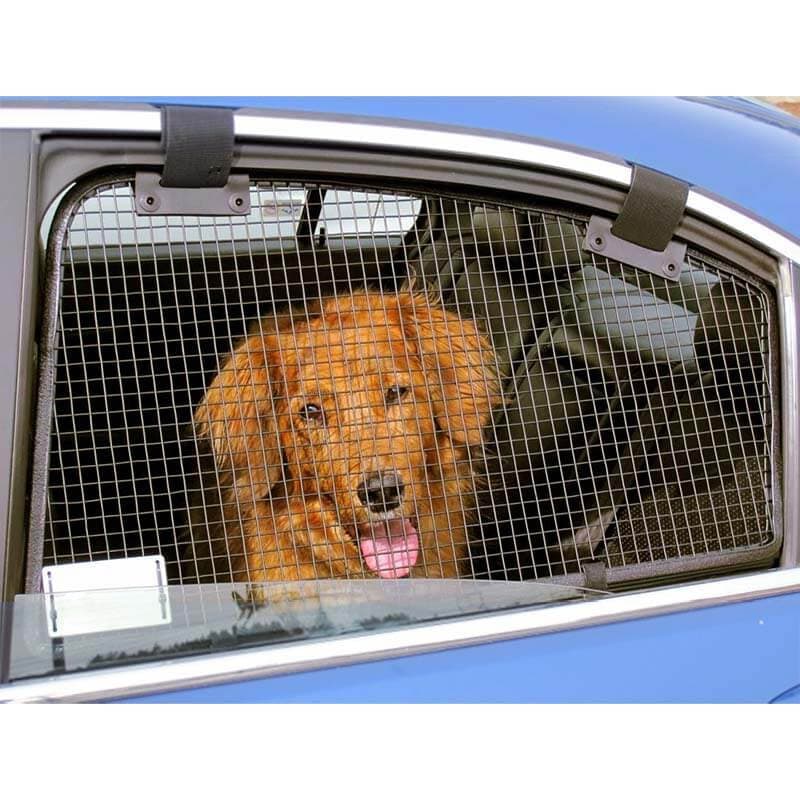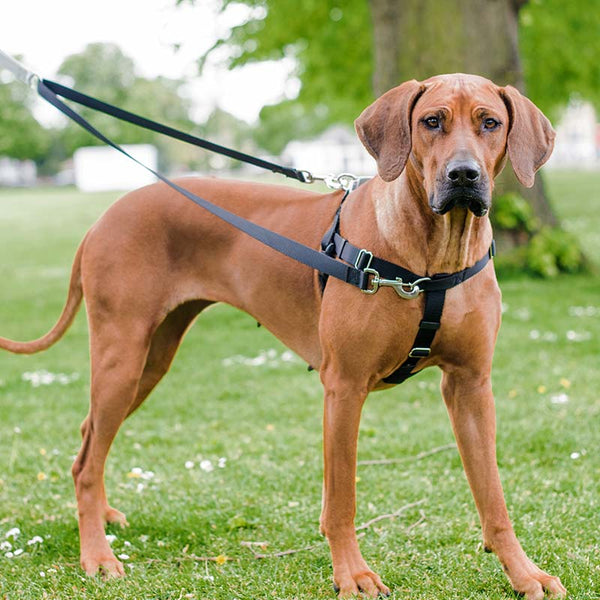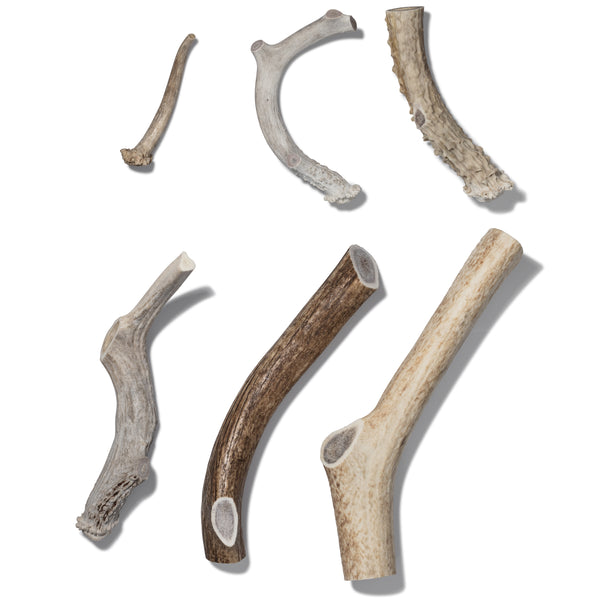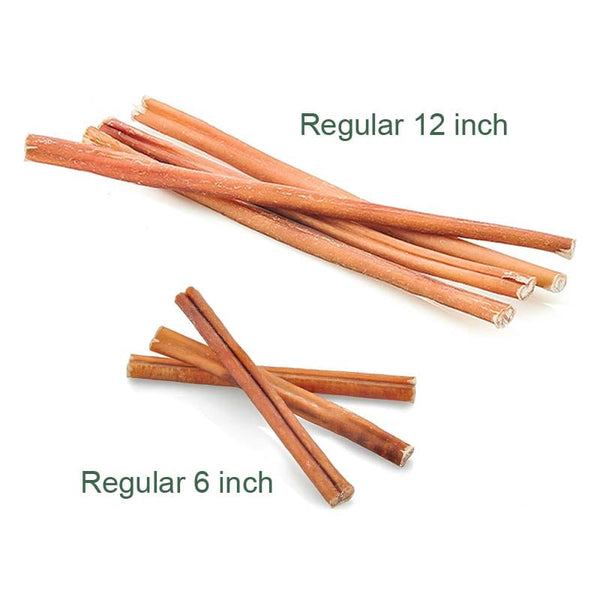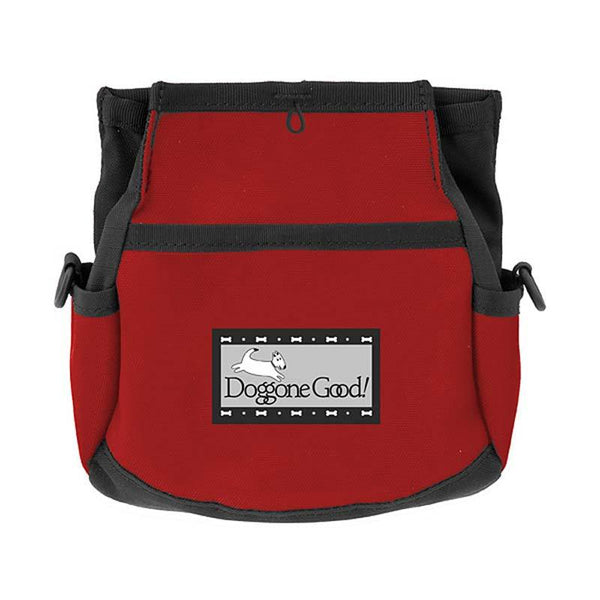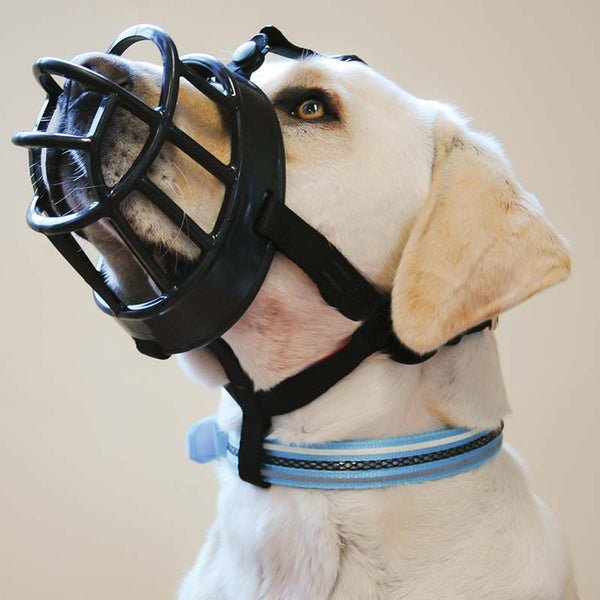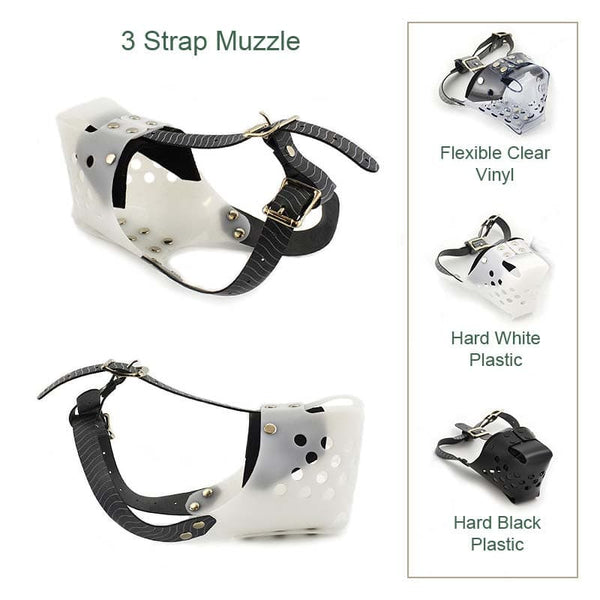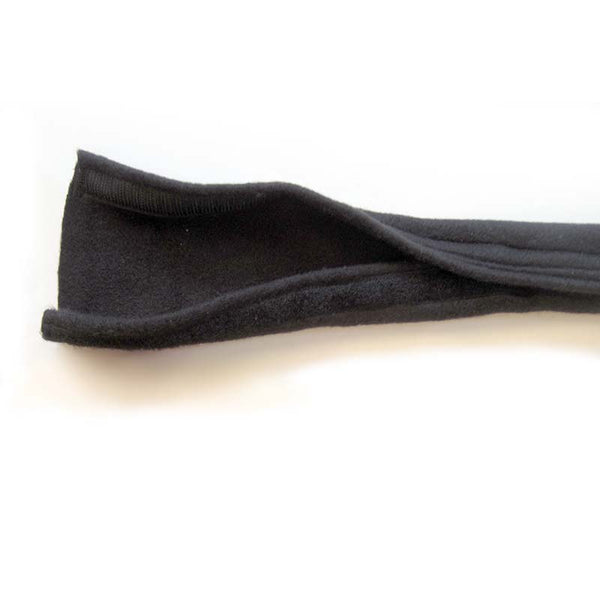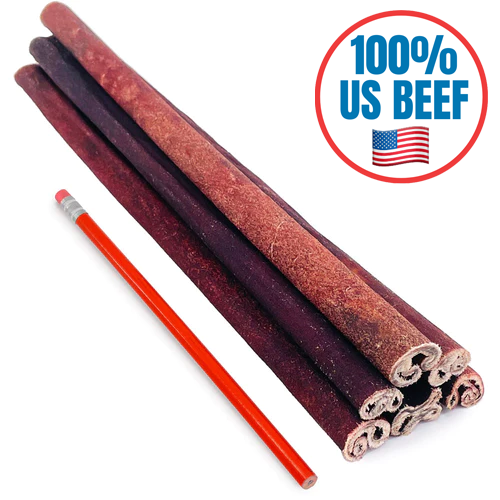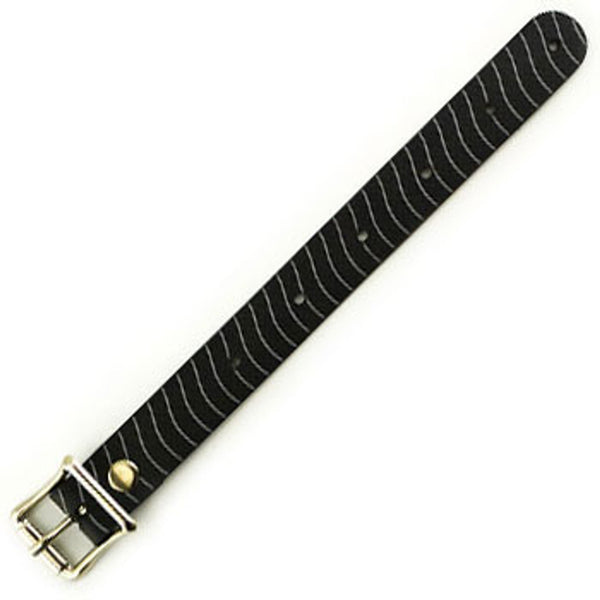Think Like a Dog Trainer. Part 4: Dogs + Kids + Other Pets, Oh My!
Welcome to part 4 of a multi-part article designed to help you to "think like a dog trainer" and know how to prevent problems with your dog using management and positive training techniques. In each description of a potential problem, I will outline how you can prevent it, how to train good behavior, and what to do as an immediate response if you find yourself in a situation where you need to quickly stop your dog from misbehaving. Ideally, you will proactively prevent your dog's misbehavior and hence will not have many "Ack, STOP that!" moments. Using the "immediate responses" below more than a time or two each day could set back your training efforts with your dog and prevent him from learning how to behave politely. Therefore, if you find yourself relying on them too heavily, simply increase the prevention you are doing and make sure that your rewards for good behavior are truly rewarding to him. The immediate responses below are designed to interrupt your dog without either rewarding his misbehavior or frightening him.
Part 4 - Interacting with Other Pets and Kids
All of us want a dog that is great with our other pets and safe with children, however this is often not the case. We can set ourselves up for success by being careful about introductions and watching for warning signs. Use leashes, crates and gates to keep everyone safe when needed and carefully monitor stress levels. Don't forget to reward the good behavior or all species!
Some common dog misbehaviors to be prepared for and recommendations on how to deal with them are below. Words in all caps are methods that are short-hand for methods that are described at the bottom of the page.:
Dog interacting with other family pets
Be alert for:
- Chasing the cat / bird / ferret, other dog, etc.
- Prevent: Keep smaller animals safe! Do not allow pets of widely different sizes to be together unless supervised very carefully. Even if they seem to get along, dogs are instinctive predators and accidents can happen fast! Be sure to supervise carefully and interrupt play that gets too rough.
- Immediate response: INTERRUPT then TIME OUT
- Train: Practice LEAVE-IT specifically with moving toys and then (safely!) with live animals.
- Fighting and overly rough play between dogs:
If your dogs are frequently fighting with each other or hurting each other, it is a good idea to call a professional positive trainer for individualized help.- Prevent: Feed and give valuable chew toys to dogs separately. Separate them when you are not there to supervise them.
- Immediate response: INTERRUPT then give both of them a TIME OUT. Use a dog deterrent spray or a bucket of water to interrupt them in serious scuffles.
- Train: Reward your dogs with praise, petting or play for behaving calmly around each other.
Dog interacting with your child
Dogs are sometimes more rough when playing with children and may not respect them as much as they do adults. Making sure your dog is trained to be comfortable spending time in his crate will give him needed respite as well as keep everyone safe when you are unable to supervise them carefully.
Be alert for:
- Small child knocked down by the dog
- Prevent: A child and a dog should never be together unsupervised. Hold on to your dog's leash (but try not to keep it tight as that can stress your dog) when the child and dog are together if you are unsure of your dogs behavior. Be extra careful at the top of stairways as dogs have been known to rush past and knock children down. Do not allow your child to hold onto your dog's leash as he or she may be knocked down or dragged.
- Immediate response: TIME OUT for running wild in the house.
- Train: Reward your dog for behaving calmly around the child.
- Child upsets the dog
- Prevent: Do not allow your child and dog together unsupervised. Some things that children often do that can cause a dog to bite are:
Startling the dog by falling on or tripping over him
Rough petting and/or grabbing, especially of his paws or tail
Taking a toy away from the dog
Touching or approaching his food bowl
Hugging or picking up the dog
Disturbing the dog while he is asleep
Teasing the dog.
Running while squealing
- Immediate response: INTERRUPT then REMOVE-DOG
- Train your dog that being handled as above is an opportunity to stay calm and earn treats. Use baby steps so that your dog is not afraid. Train your child how to appropriately pet a dog, not to grab, pull on, or pick up a dog, not to touch a dog's toys or food bowl and not to disturb a sleeping dog or enter his crate.
- Dog chasing and/or nipping child
- Prevent: Keep your dog on a leash around a child if he has a tendency to chase or if you are not sure. Keep children from running near the dog.
- Immediate response: Ask the children to "freeze". Then give your dog a TIME OUT. While he is in time out figure out how you can better set him up for good behavior around the children.
- Train: Practice LEAVE-IT specifically around running people. Reward calm behavior around children.
- Dog stealing the child's food
- Prevent: Keep your dog away from your child while he/she is eating.
- Immediate response: TIME OUT for stealing the child's food.
- Train: Practice LEAVE-IT specifically for carrying food near your dog's face.
| Key: | |
|
INTERRUPT |
Say "Hey!" loudly and clap your hands to interrupt what he is doing. Then take a couple of running steps away to entice him to follow you from the area. |
|
LEAVE-IT |
|
|
REMOVE-DOG |
Encourage him to follow you from the area or lead him away by his collar or drag-line. Grabbing his collar may be frightening if he senses your annoyance. Diffuse this by talking in a silly voice as you approach. Then focus on adding more prevention and rewards for good behavior. |
|
TIME-OUT |
Give a warning like "enough". If he continues the behavior, say "time out", and repeat every few seconds as you approach your dog. Take your dog by his collar or drag line and lead him to his time out area. Then focus on adding more prevention and rewards for good behavior |
Let us know what you think and if the article is helpful to you.
Click for Part 3: Let Sleeping Dogs Lie.
Click for Part 5: Your Dog + Your Visitors.
- Choosing a selection results in a full page refresh.
- Press the space key then arrow keys to make a selection.

